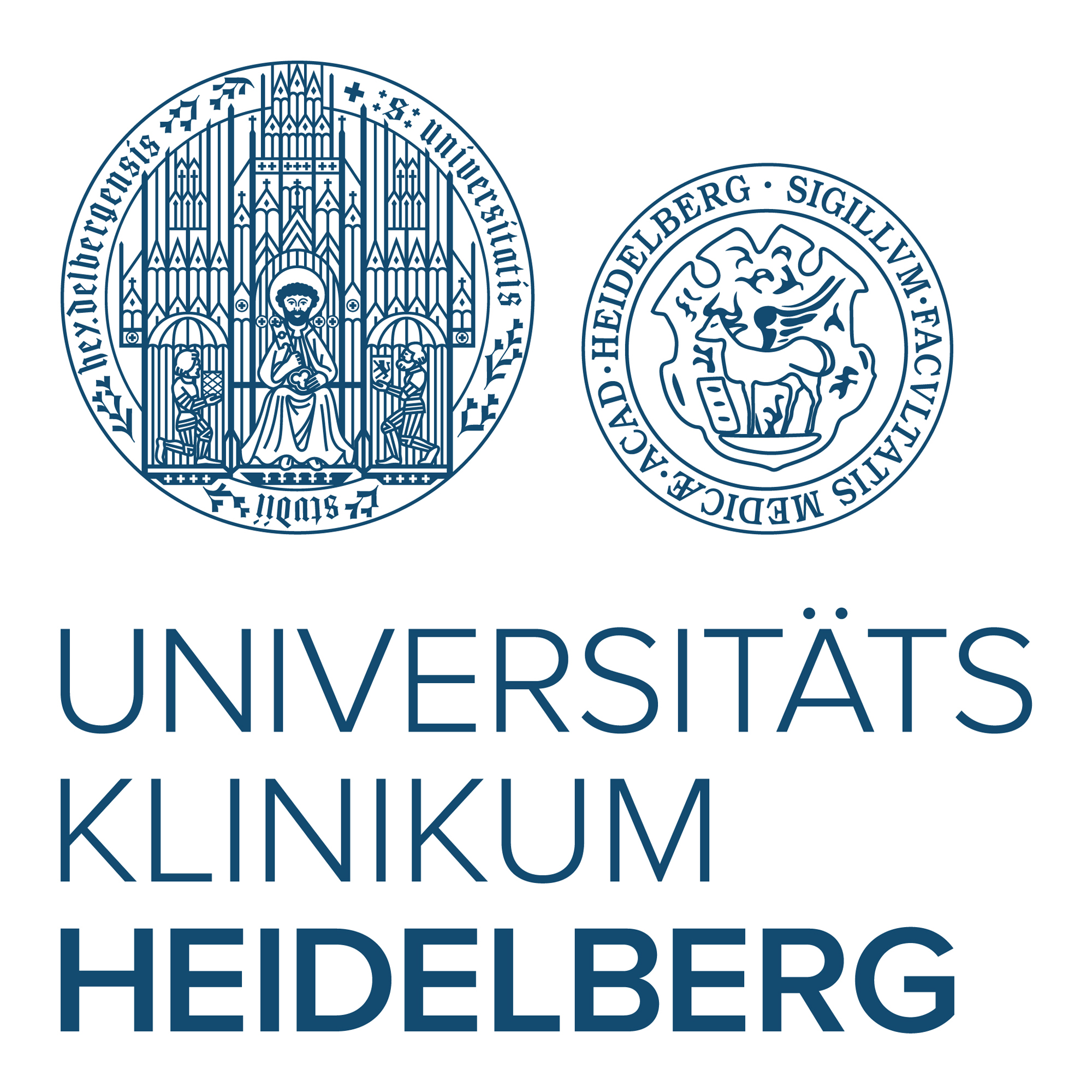

The success of immune reactions in response to pathogen infection critically depends on the generation of high affinity antibodies that can neutralize the infection.
This important task involves complex interactions between different types of immune cells, including support of antibody-producing B cells from CD4 T cells (T cell help).
This helper function of CD4 T cells relies on the release of specific messenger molecules (cytokines), whose production is rapidly initiated when CD4 T cells are activated upon recognition of an infection the immune system.
A new study by the Fackler laboratory at University Hospital Heidelberg, Germany – published in Science Immunology on January 4 – identified a novel mechanism that enables CD4 T cells to selectively induce expression of the cytokines required to drive antibody production by B cells.
Dr. Tsopoulidis, the lead author of the study, focused on the behavior of the actin cytoskeleton in CD4 T cells upon their activation.
The actin cytoskeleton is a dynamic structure that allows polymerizing actin monomers into long filaments, a process used to organize cell shape, motility and communication.
While these established roles of the actin cytoskeleton are exerted in the cytoplasm of cells, Tsopoulidis and colleagues observed that CD4 T cell activation also induces the rapid formation of an actin filament network in their nucleus.
Dissecting the molecular mechanisms involved in the formation of this mesh of nuclear actin filaments enabled the authors to design experiments to study how CD4 T cell activation fares in the absence of nuclear actin filaments in tissue culture and in mice.
To their surprise, the results of these studies revealed that nuclear actin filaments are important regulators of the expression of specifically those cytokines required by B cells for efficient production of antibodies.
“How T cell activation triggers the production of only a specific set of cytokines has been a long-standing question in the field. Our results reveal that nuclear actin filaments act as important regulators of this process and it will be exiting to study the underlying mechanisms” explains Prof. Fackler.
In addition to identifying nuclear actin polymerization as new mechanism involved in T cell activation, these findings have translational potential.
“Chimeric-antigen receptor (CAR) T cell therapy is a very promising approach for the treatment of many cancers, however often paralleled by side effects due to overshooting production of CD4 T cell cytokines. Specific interference with nuclear actin polymerization may help to alleviate these problems” says Dr. Tsopoulidis.
Prof. Oliver T. Fackler
Zentrum für Infektiologie
Center for Integrative Infectious Disease Research (CIID)
Integrative Virology
University Hospital Heidelberg
Oliver.Fackler@med.uni-heidelberg.de
Tsopoulidis N, Kaw S, Laketa V, Kutscheidt S, Baarlink C, Stolp B, Grosse R, Fackler OT. T cell receptor-triggered nuclear actin network formation drives CD4+ T cell effector functions. Sci Immunol. 2019 4: eaav1987. doi: 10.1126/sciimmunol.aav1987.
https://www.klinikum.uni-heidelberg.de/Fackler.6555.0.html research group Fackler












